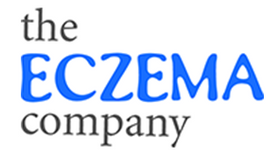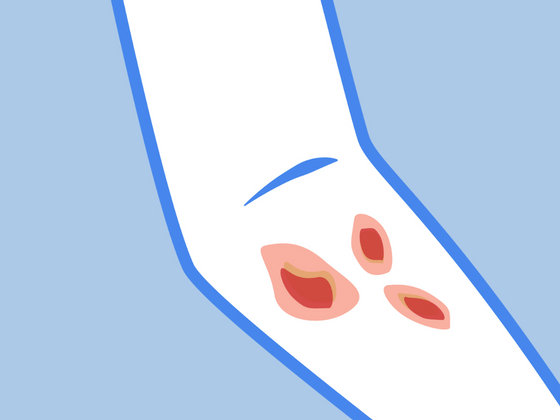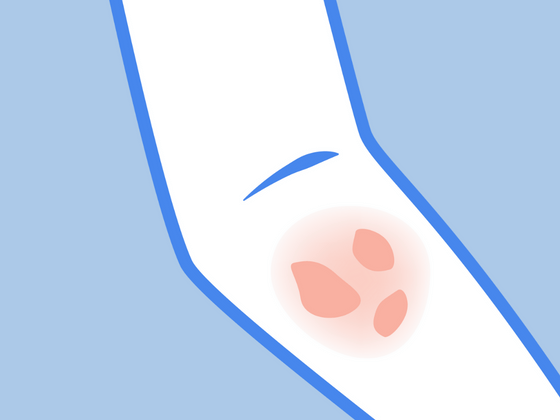Is your little one suffering from a combination of eczema, asthma and allergies? They might be suffering from something know as the atopic triad.
Learn about these combination of symptoms and how they can be controlled and remedied.
Atopic Triad: What Exactly Is That?
The Atopic Triad, also known as the Allergic Triad or Atopic March, refers to the combination of atopic dermatitis, asthma and allergies. It is often associated with heightened immune responses to common allergies and tends to develop in childhood.
The allergic triad share common mechanisms, which is why they are often seen together. Early education on these medical conditions is very important – while they may not disappear over time, they can become more manageable.
Eczema, Asthma and Allergies Triad: What to Look For
Atopic Dermatitis, commonly known as eczema, is usually the first of the allergic triad to develop.
Eczema can be triggered by a wide variety of elements, from airborne allergens to food sensitivities, fabric and chemical irritants, stress, and even certain medications.
In fact, The Eczema Company's Jennifer Roberge son experienced this progression very clearly. To learn more about their story, check out the post: How to Treat Eczema Naturally (My Family's Eczema Story).
On the other hand, allergies can develop in various forms, such as food allergies or hay fever.
Hay fever can be difficult to detect as its symptoms are very similar to the common cold (itchy and runny nose, itchy throat, sneezing, etc.). However, If your little one is experience itchiness or irritation of the eyes, ears or mouth, it is highly possible they may be suffering from hay fever.
Lastly, airway inflammation known as asthma can develop resulting in tightness of the chest, coughing, wheezing and shortness of breath.
Although there is no cure, most asthma cases develop from allergens and irritants such as pollen, dust mites, pet dander and more.
Living with Atopic Triad: Remedies and Management
Luckily there are tons of resources and ways to soften the effects of atopic march, making symptoms easier to manage.
For hay fever, closing windows or adopting an air purifier can help wonders. Asthma can also be treated by prescribed medicine or homeopathic remedies.
However, healing eczema can be a little more tricky.
Eczema affects the skin, so naturally many turn towards ointments, creams and balms to alleviate their child's symptoms. Many also turn towards natural eczema treatments like this Organic Manuka Skin Soothing Cream to soothe and decrease inflammation and irritation. Using a nourishing cream like this one will keep skin moist while decreasing inflammation. In fact, manuka honey is already a natural remedy for skin conditions like eczema.
Opting for hypoallergenic clothing can also be a wonderful tool for managing flareups from irritants like latex or polyester or by protecting eczema prone skin.
In fact, Remedywear™ is a hypoallergenic clothing line specifically made for those with allergies. There are a variety of options for children that might be suffering from atopic march, such as:
- Remedywear Eczema Sleeves
- Remedywear Gloves for Kids
- Remedywear Long Pants for Kids
- Remedywear Long Sleeve Shirt for Kids
- Remedywear Gloves for Kids
Remedywear was awarded the National Eczema Association Seal of Acceptance™.
Healing Symptoms from Within
However, because eczema is an autoimmune condition, many cannot find relief through skincare or clothing alone. For many, eczema is a condition that can only be healed by identifying true triggers such as food allergens and external irritants.
An excellent approach to identifying these food allergies lies in the process of an elimination diet. An elimination diet involves removing certain foods from your diet for a certain amount of time, and then slowly reincorporating these foods in order to determine which ones cause an allergic reaction.
By identifying these food triggers, treatment for eczema and asthma can be more simple (and natural) than prescribed medication.
Our recommendation is using natural eczema treatments and hypoallergenic eczema clothing along with an elimination diet in order to heal on the outside and from within.
Resources
https://aacijournal.biomedcentral.com/articles/10....
https://www.ncbi.nlm.nih.gov/pmc/articles/PMC46297...
https://www.jacionline.org/article/S0091-6749(03)0...
------------------

Bio: Laura is a contributor and content developer for The Eczema Company. She is in no way a medical professional. Her comments, suggestions, and reflections are not intended to replace any medical advice. Always seek the help of a medical professional before undertaking any diet or lifestyle changes.








